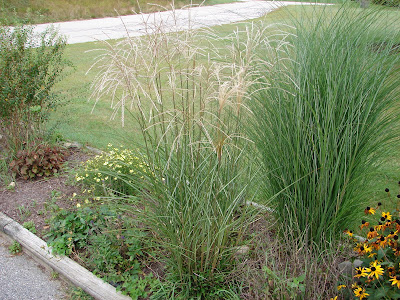
One of my favorite things about having a farm is trying out new varieties of veggies that I have never grown before. I buy seeds of new veggies every spring, but my favorite way to try out new veggies is from the seeds people give me. This year friends gave me carrot and pepper seeds that did well, but my favorite of the year was the turnip seeds my friend Jackie gave me.
I planted the turnip seeds in late summer because they are a cool weather crop. It sends up green shoots in a week or two and the turnip bulb you are familiar with grows underground. Turnips like loose soil so the root can form and a good amount of compost. I use organic fertilizer on them about once a month. In 10-12 weeks, the turnips are ready to be harvested.
I'm not sure what variety of turnip my friend Jackie gave me, but these are the sweetest, most tender turnips I have ever eaten. Karen roasted them with some of our Fingerling potatoes and they were a real treat. Later, I'm going to steam them and puree them with butter for another turnip side dish.
















































